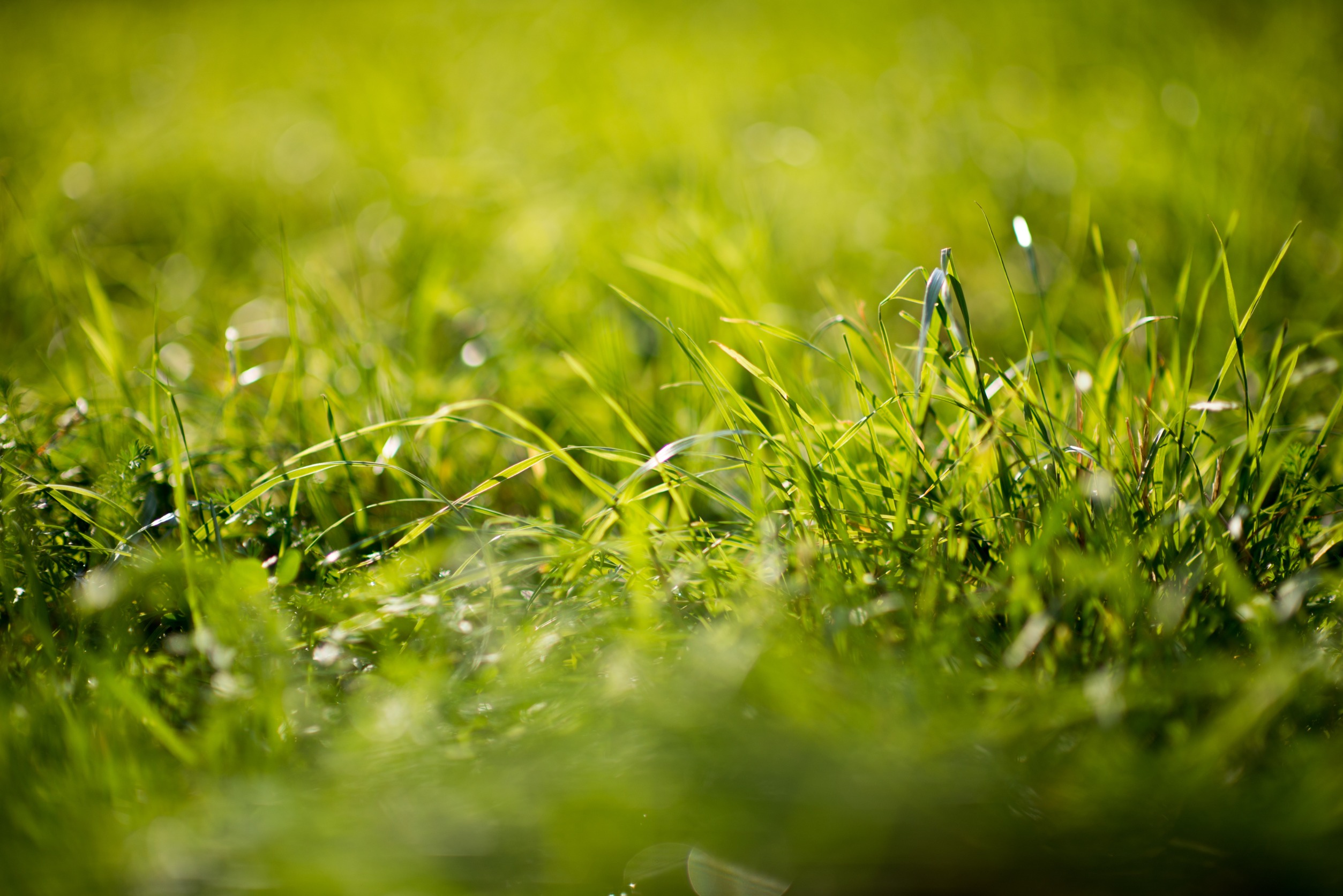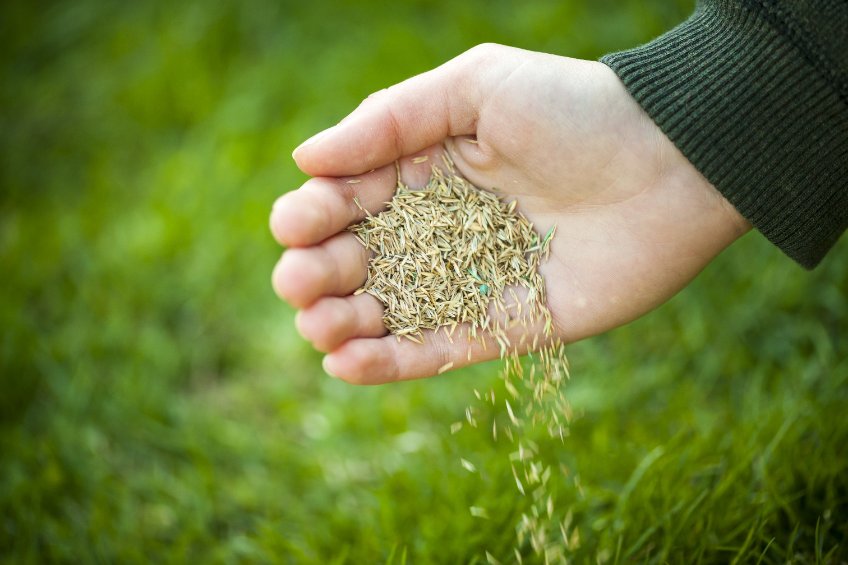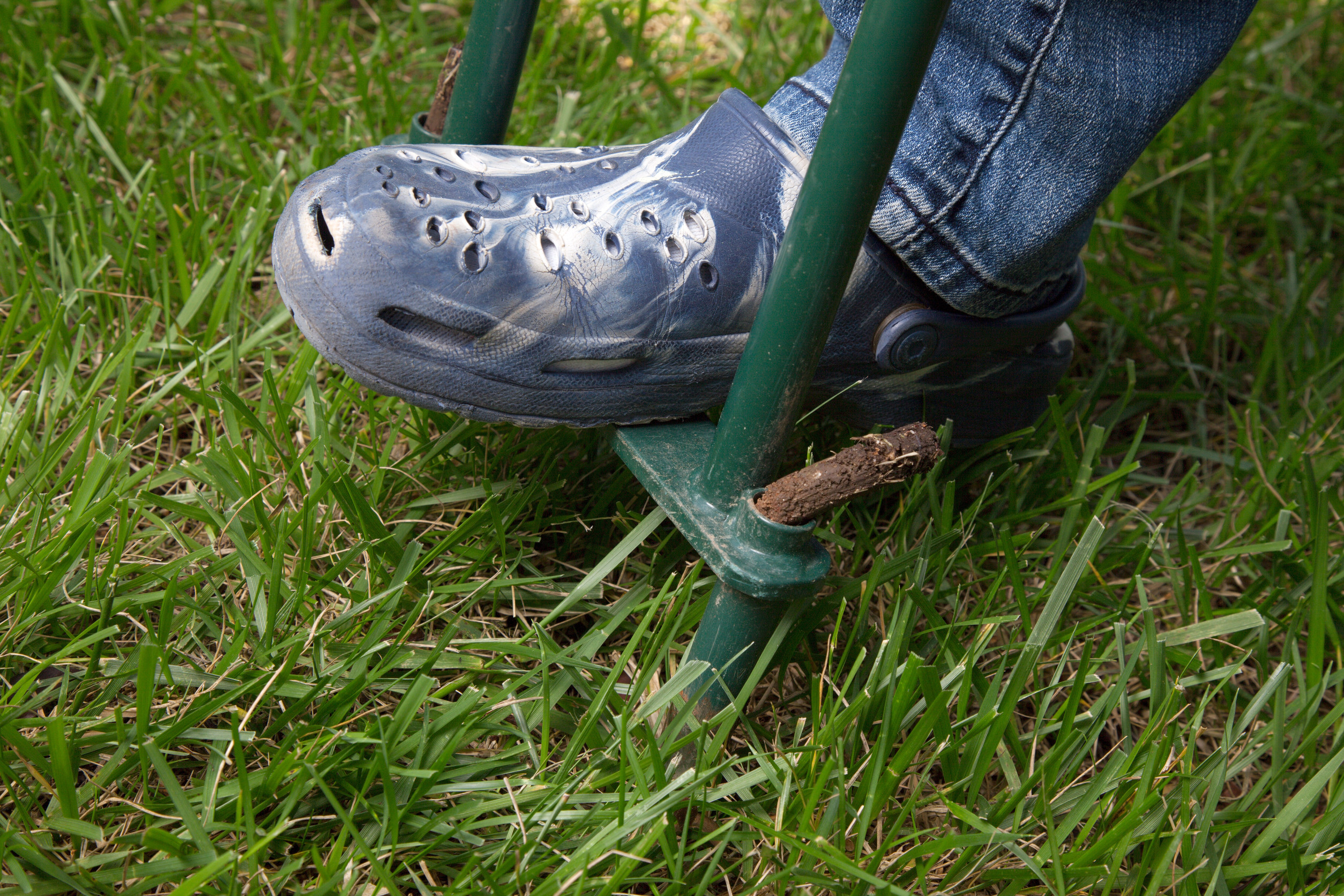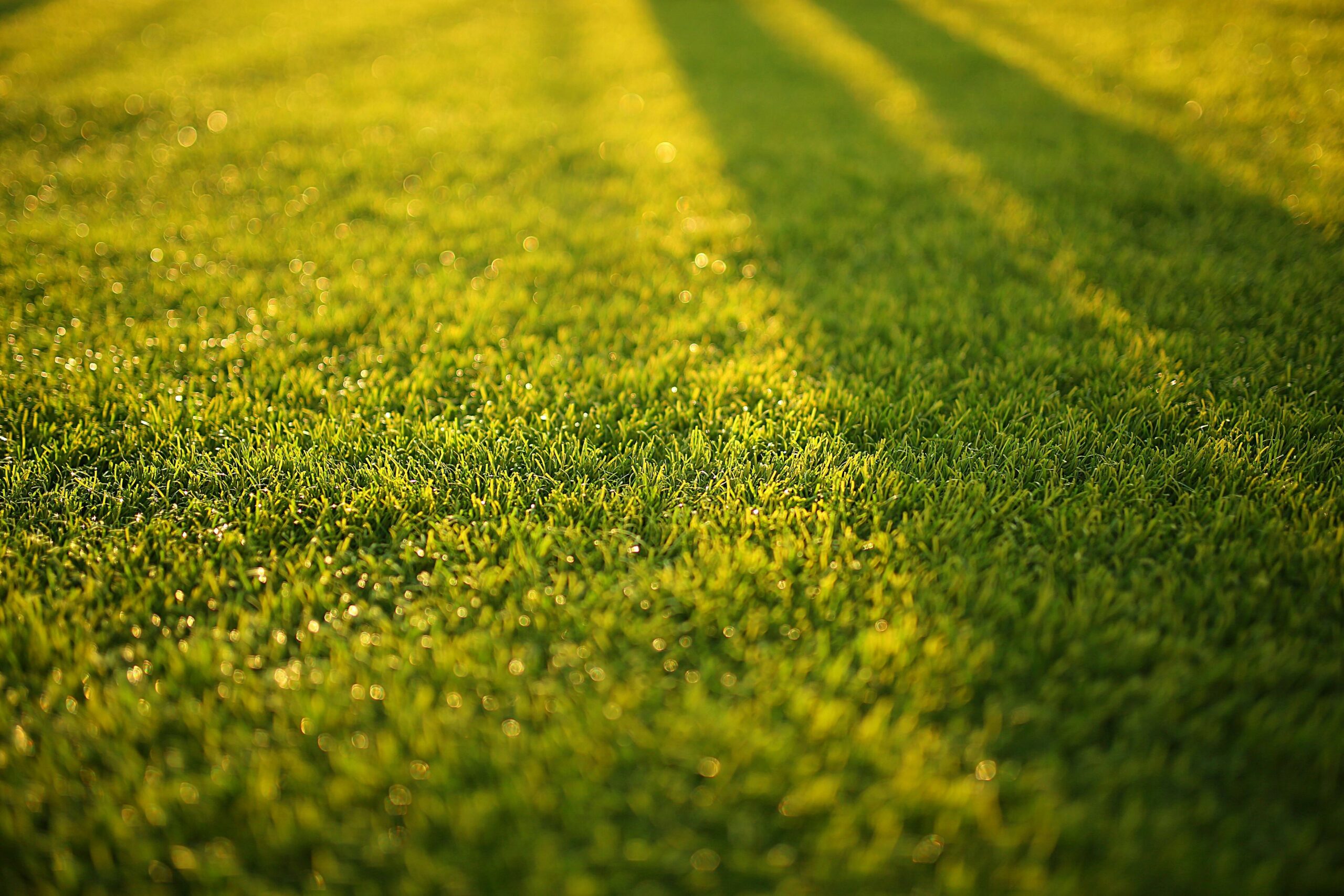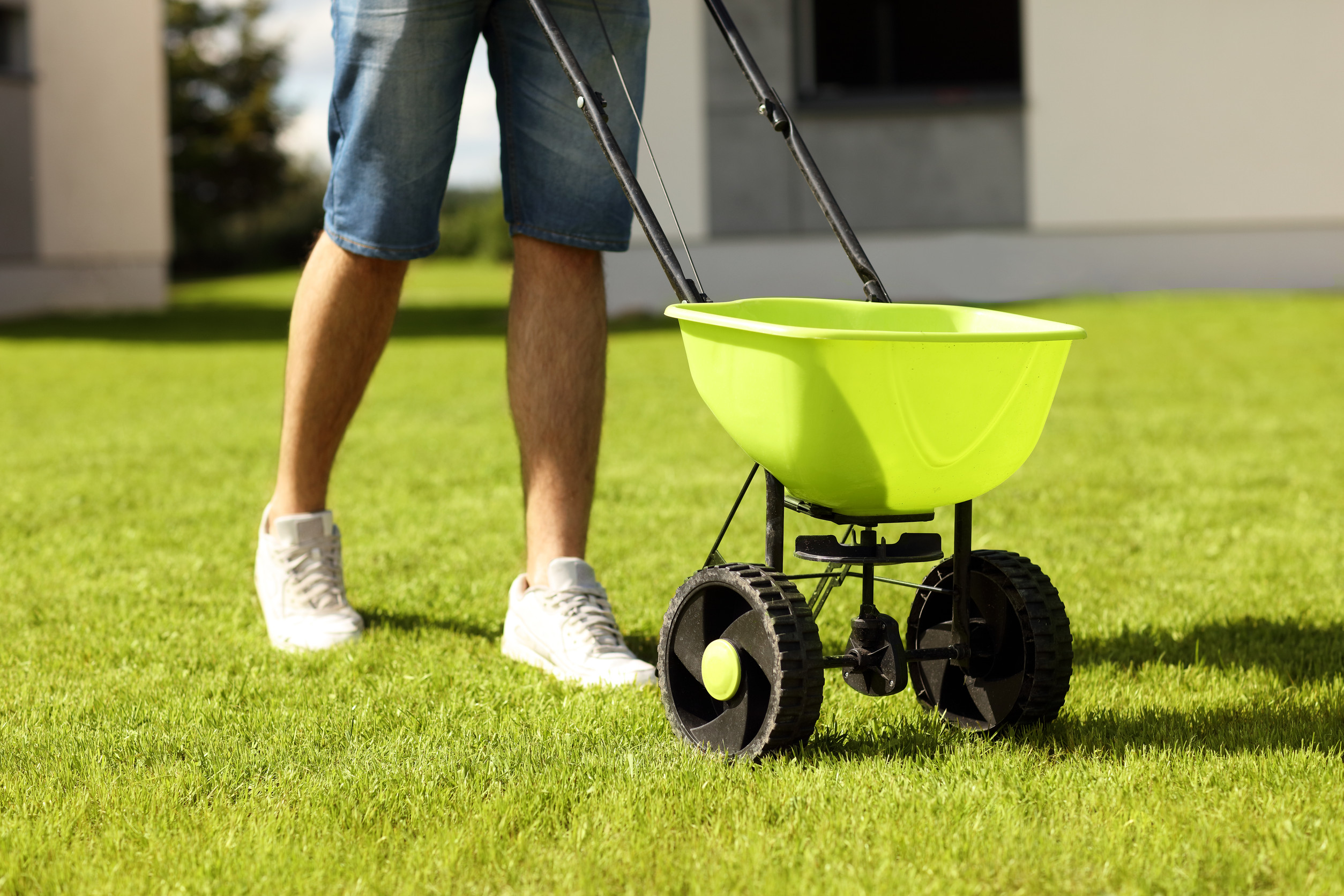Maintaining a lush and healthy lawn often comes down to one essential factor – proper watering. Determining water lawn management is a delicate balance, influenced by climate, grass type, and seasonal changes.
In this article, we will explore the best time of day to water your lawn, how long to water, how much to water at different times of the year, the importance of installing an irrigation system, and valuable watering tips.
By following these guidelines, you will ensure your lawn remains vibrant and resilient throughout the year, enhancing the aesthetic appeal of your outdoor space.
The Best Time of Day to Water Your Lawn
When it comes to watering your lawn, timing is crucial. The optimal time to water your lawn is early in the morning, preferably between 6 am and 10 am. During this time frame, temperatures are cooler, and wind speed is generally lower, reducing water evaporation.
Watering in the morning allows the grass blades to dry before evening, minimizing the risk of disease development. Avoid watering during the hottest part of the day, typically between 10 am and 4 pm. The water will evaporate quickly and not effectively reach the roots of the grass.
Leave the hard work to us, reach out today to find out about our lawn maintenance services.
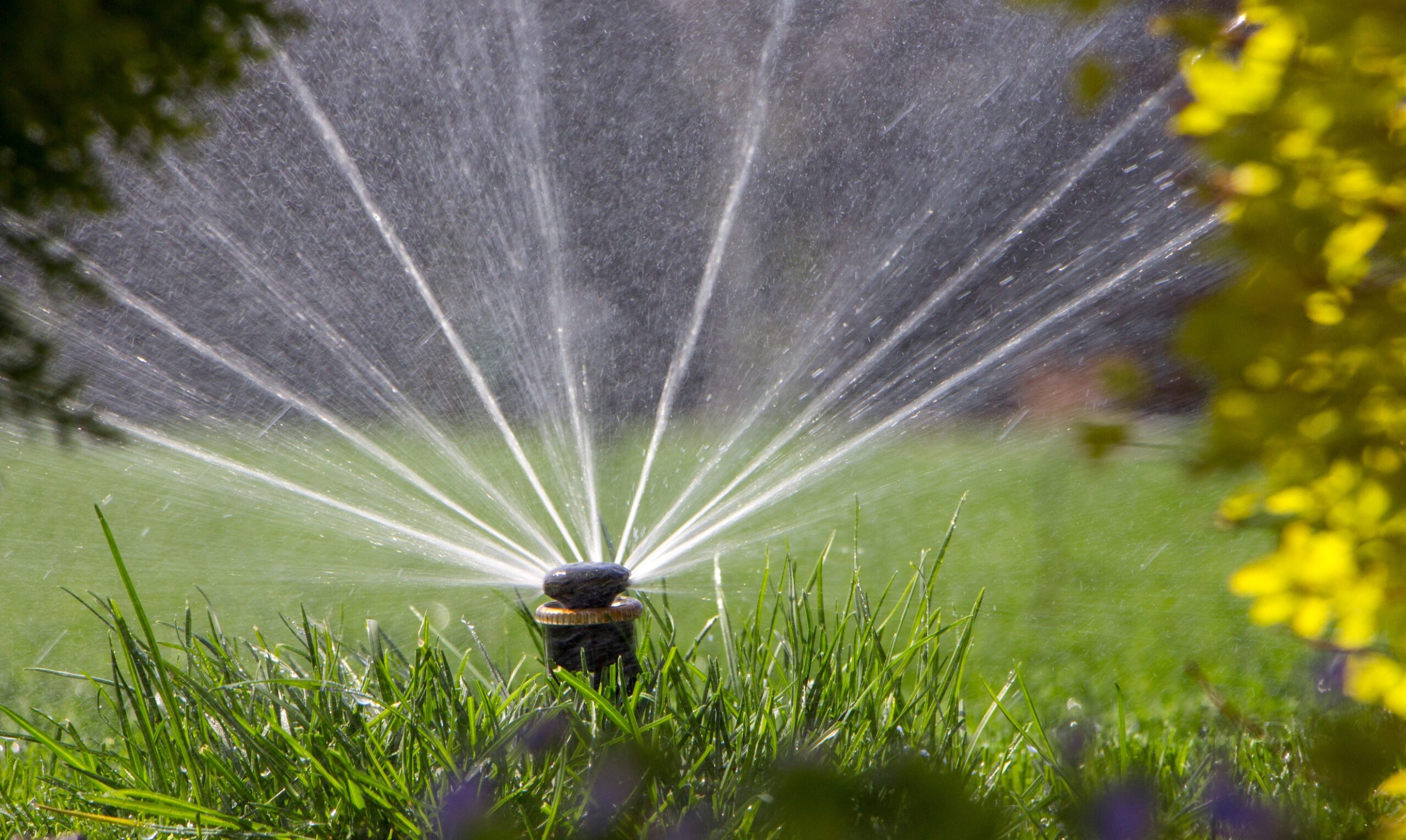
How Long to Water Your Lawn
When it comes to the duration of watering, the goal is to provide enough water to penetrate the soil to a depth of 6 inches. To determine how long it takes to achieve this goal, perform a simple “can test.”
Place several empty cans, such as tuna cans or rain gauges, across your lawn and run your sprinklers for 30 minutes. Measure the water collected in the cans, and adjust the watering time accordingly.
If the collected water measures 1 inch, then watering for 30 minutes is sufficient. Adjust the time if more or less water is collected to ensure consistent watering across your lawn.
Once you figure out how long to water your lawn, it is a great time to install fresh, sod to thicken up thin patches of grass. Check out our sod installation service page for details.
How Much to Water at Different Times of the Year
It is crucial to adjust your watering schedule based on seasonal changes. In the spring and fall, when temperatures are mild, watering once or twice a week is usually sufficient. Aim for approximately 1 inch of water each week.
During the summer months, your lawn will need more water. This is because evaporation rates are higher which means you need to increase the watering frequency to two to three times per week.
However, focus more on the depth of watering rather than daily frequency. Deep, infrequent watering encourages the grass roots to grow deeper, promoting a stronger and healthier lawn.
The Importance of Installing an Irrigation System
To streamline the process of watering your lawn and ensure optimal distribution of water, consider installing an irrigation system. An irrigation system provides precise control over watering times, durations, and coverage.
It eliminates the need for manual watering, saving you time and effort. Additionally, irrigation systems can be programmed to water during early morning hours when water evaporation is minimal, enhancing water efficiency and reducing utility costs.
General Lawn Watering Tips
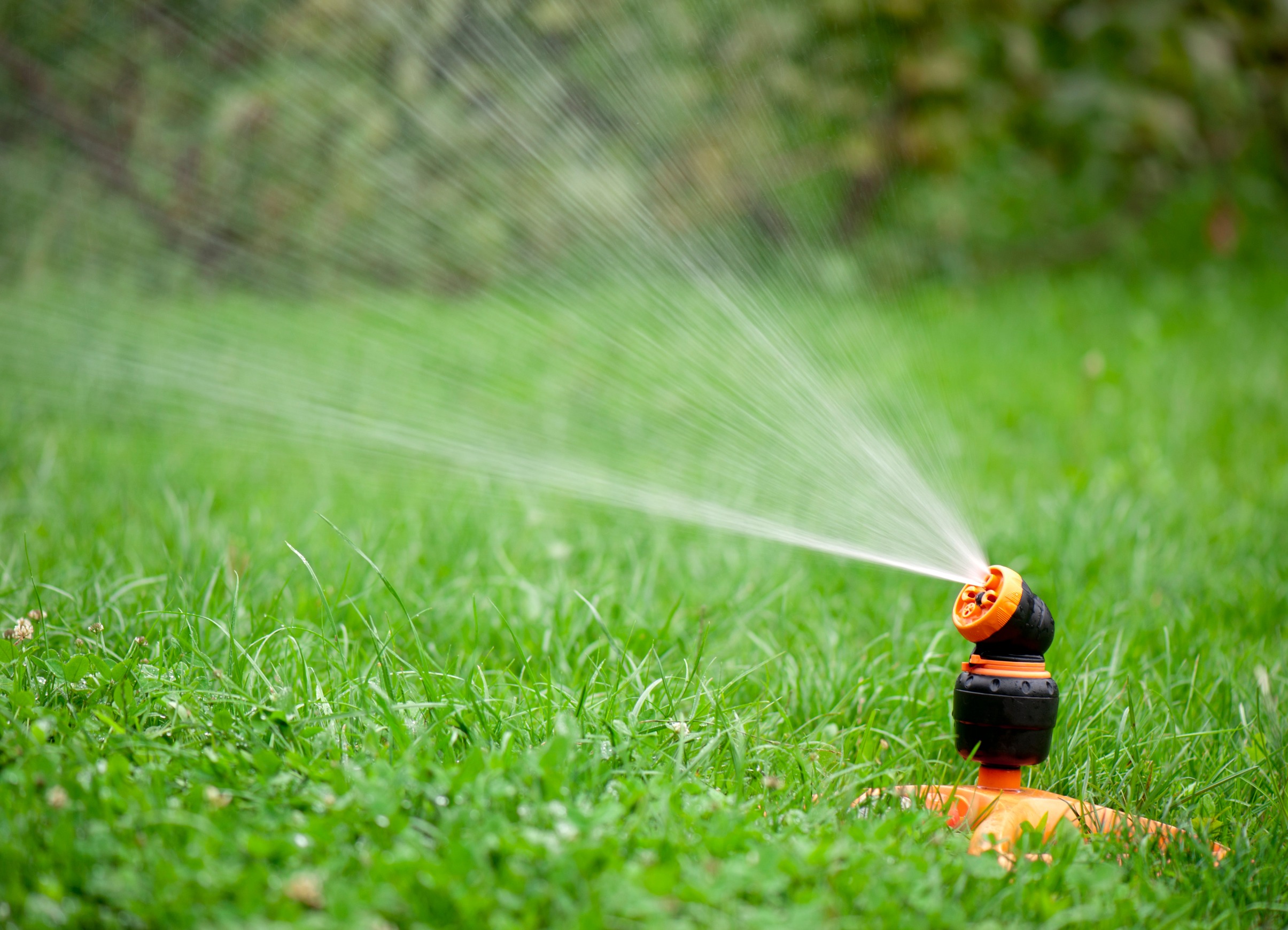
Water lawns in cycles: If your soil is compacted or has poor drainage, water in cycles. Allow the water to soak in for about 15-20 minutes, then pause for 30 minutes to an hour, and repeat the watering to ensure the soil absorbs the water effectively.
Consider getting your lawn aerated to loosen up the compacted soil.
Watch for signs of overwatering: Excessive watering can lead to shallow root growth, increased susceptibility to diseases, and water wastage. If you notice puddles or standing water on your lawn after watering, reduce the duration or frequency to prevent overwatering.
Consider weather conditions: Adjust your watering schedule based on rainfall. During periods of heavy rain, you may need to reduce or skip watering to avoid waterlogging the soil.
Water evenly: Ensure that your sprinklers are providing even coverage across your lawn. Adjust the angle, position, or type of sprinklers if necessary to avoid uneven watering and dry patches.
Wrapping Up
In conclusion, understanding how often to water your lawn is vital for maintaining its health and vibrancy. By watering in the early morning, providing enough water to penetrate the soil, and adjusting your watering schedule seasonally, you will cultivate a lush and resilient lawn.
Consider installing an irrigation system to optimize water efficiency and convenience. By following these watering tips and consistently monitoring your lawn’s needs, you can enjoy the beauty of a well-nourished landscape throughout the year.
For more personalized advice and assistance, consult with the experts at Lawn Care Flower Mound.

